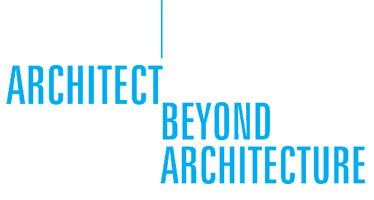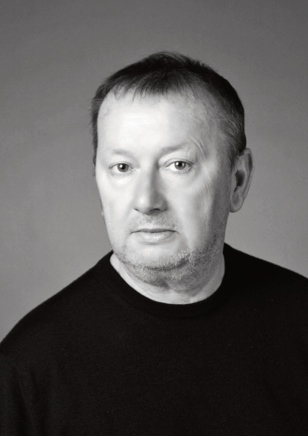
 |
|
|---|---|
My affair with architecture began in 1965 when I enrolled as student
of the Faculty of Architecture at the Krakow University of Technology.
However, the turning point in the course of my studies, was
the trip to Holland in 1969 with professor Krystyna Wróblewska and
the students’ academic association working at the Chair of Drawing.
I was then the head of this association. The trip was meant to
open our eyes to the art and architecture of the country but inadvertently
it whetted my appetite for the alluring and seemingly inaccessible
world of the Western Europe, behind the Iron Curtain.
“Conquering” this world became my biggest dream. But first I had to
acquire a passport, which at that time was extremely difficult. I finally
succeeded and shortly before my diploma exam with professor
Gruszczyński I managed to get an invitation to Afghanistan , but
went to Denmark instead. Not an easy way... In 1971 I was 23 years old and had a status of a defector, because according to Polish law I stayed abroad illegally. Thus I started my travelling and tasting of the world which was known to me only from slides and stories. In the meantime I participated in the classes in the Royal Academy of Fine Arts in Copenhagen, where I continued education. First I went to London where I got employed by Taylor Chapman Architects, where amongst others I worked on the competition entry for rebuilding of the central part of the town. At the same time I savoured the world around me and found myself at home in the busy metropolitan life and the left-hand traffic. Then I travelled over the Atlantic, found myself a harbour for a time in New York and for some longer time in Sao Paulo and Rio de Janeiro under the Brazilian skies. I left a trace by painting a series of portraits of friends whom I met there. The time in class with professor Wróblewska was not wasted. On the 6th April 1976 I graduated in Copenhagen with a degree of an arkitekt (Latin cand. arch.) and thus “my relationship” with the Queen of arts ended. Soon after I started a post-diploma course at the Faculty of Conservation of Painting and on the 14th June 1984 I got a diploma from the pre-eminent professor Steen Bjarnhof. In the same year I presented my diploma work at the ICOM congress. It was entitled “Et Transportabelt Minilavtryksapparat”. It was a miniature low pressure apparatus of my own design for conservation of textiles and paper which became known since in the specialist press as “Mitka mini low-pressure apparatus”. It was first described in an article “Portable mini low-pressure apparatus for the treatment of paintings” (IIC Studies in Conservation, Volume 30, Number 4, November 1985). In 1988 I set up the firm Mitka & Partners specializing in the development and production of low-pressure equipment for the conservation of works of art. We offer training, consultancy and expert opinions in the treatment of works of art in Europe, Australia and other places in the world (www.mitka.dk). Our main clients are the major art institutions both state and privately owned, museums, schools and universities from Denmark and Great Britain, international art auction houses such as Bruun Rasmussen Auctioneers A/S from Copenhagen as well as private collectors such as Estate of Francis Bacon from London, big commercial firms such as Danish ship owner J. Lauritzen from Copenhagen, art conservators and private clients from all over the world. Although I live in Copenhagen, my travelling has not finished yet. Quoting Hans Christian Andersen “to travel is to live”. Sometimes I reach out for a paintbrush or a pencil (one never grows out of it). I also go back, with an increasing sentiment, to my homeland. Someday, I am going to come back for good ... Wiesław Mitka Copenhagen, July 2010 |
 photo by FOTO Studio Konaszewska-Pyla |

Copyright by Konrad Glos, Rafal Zub 2010








